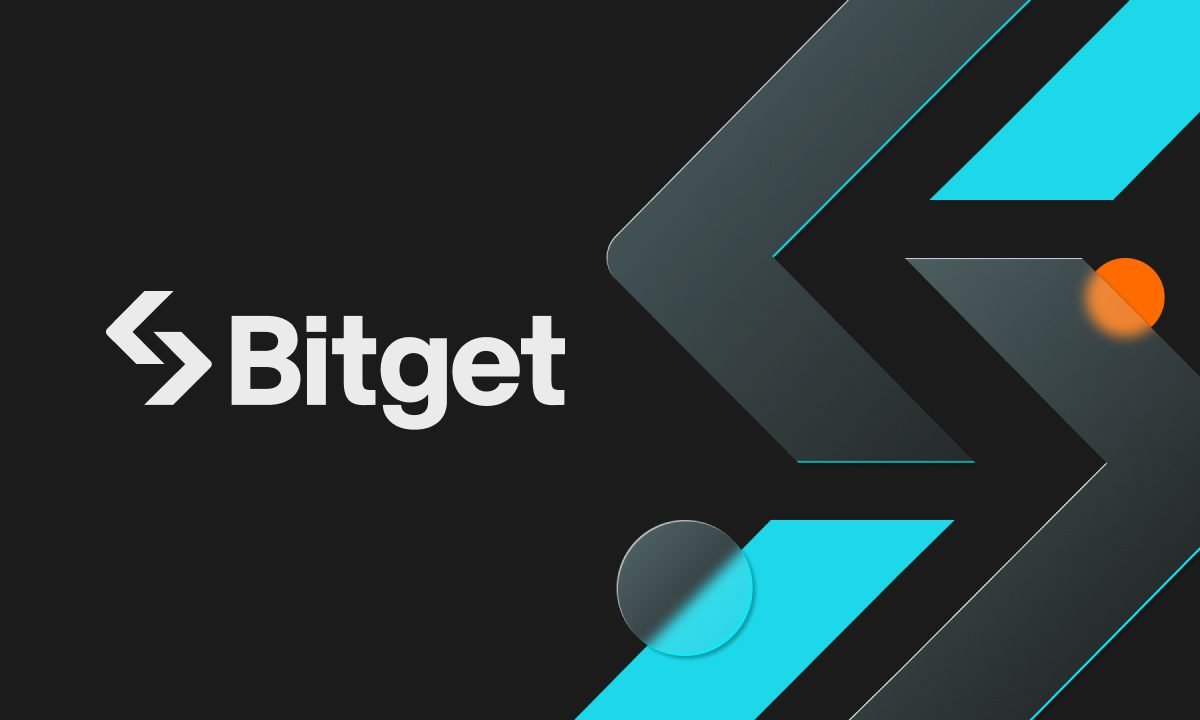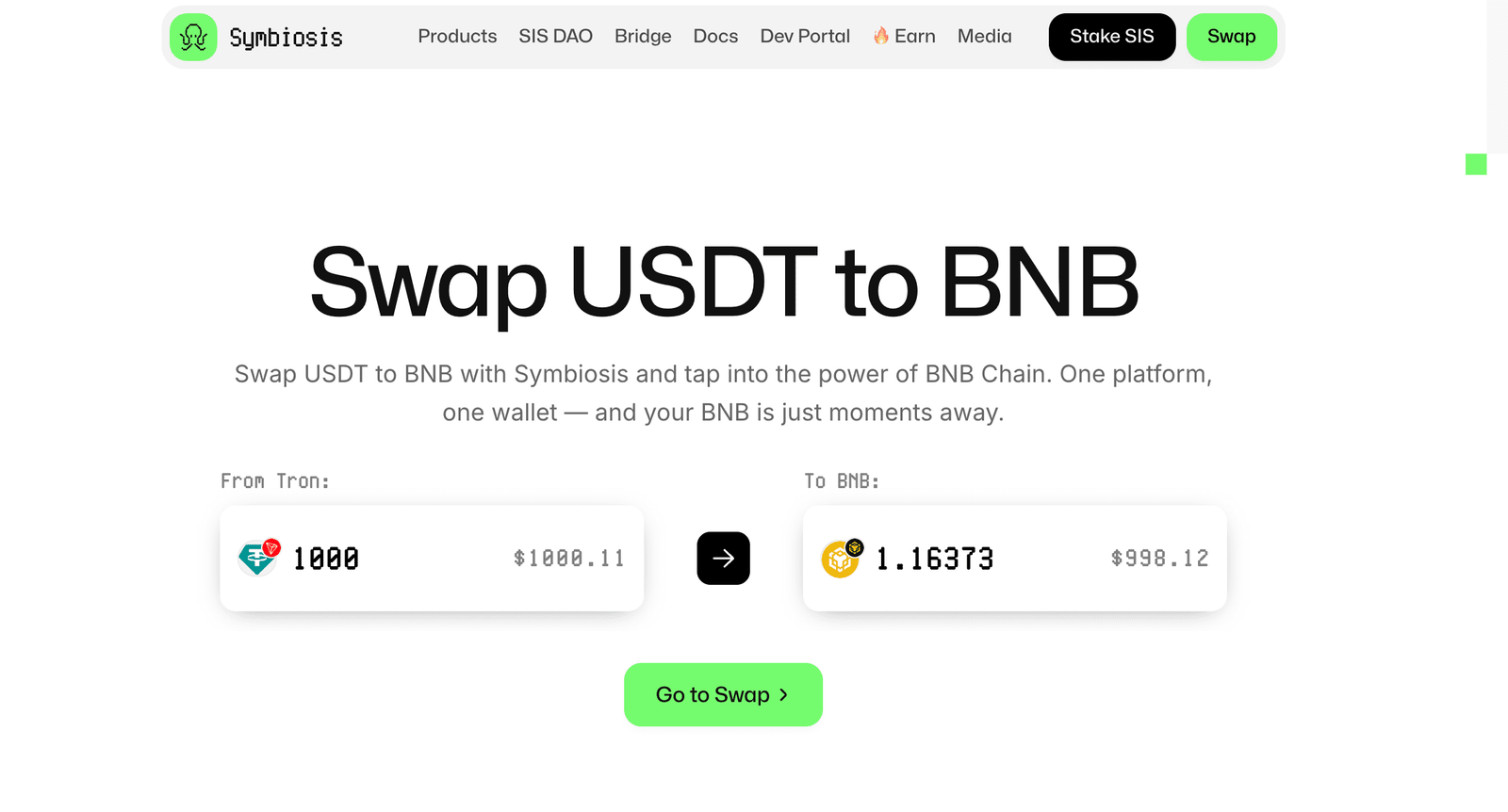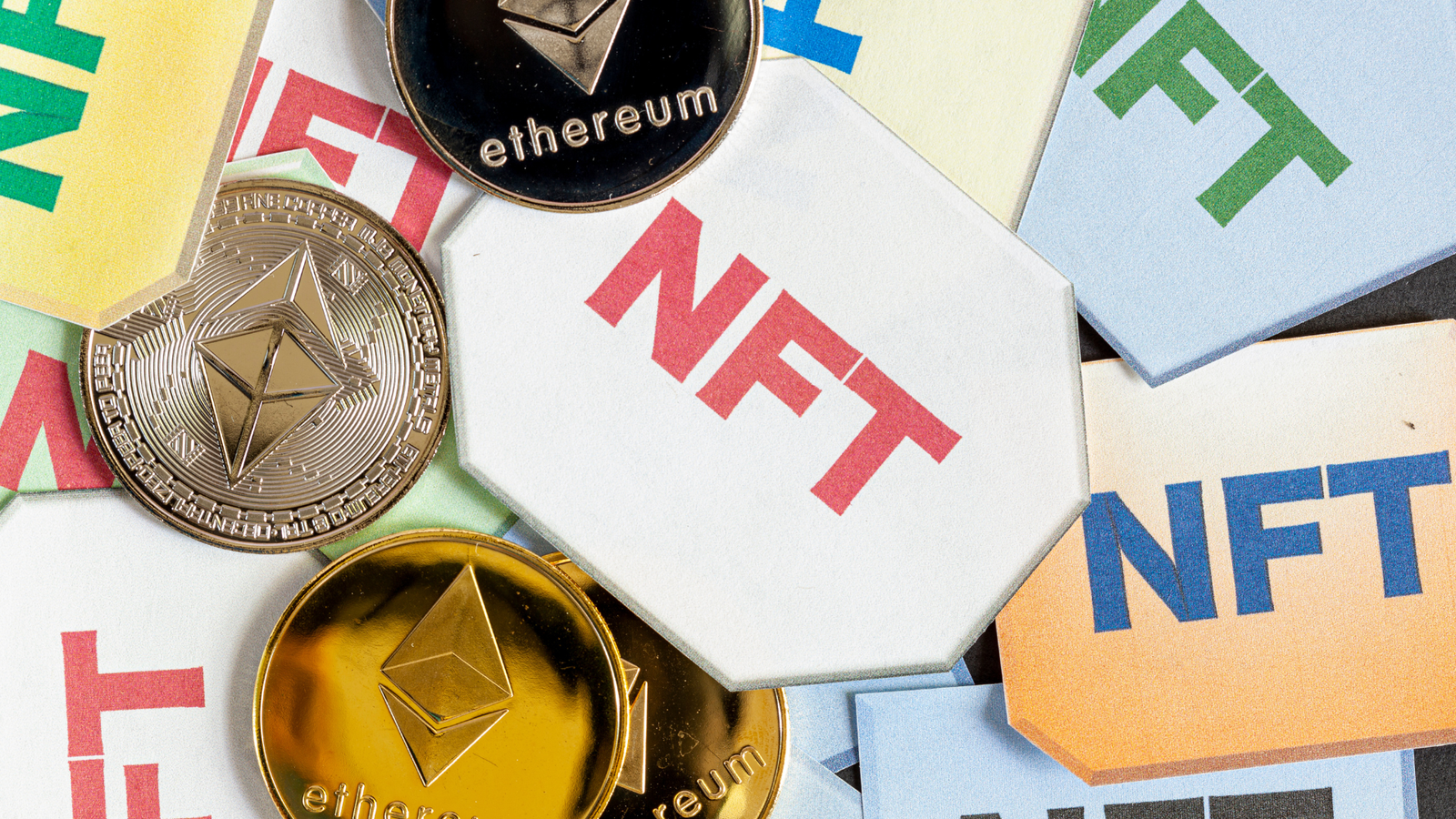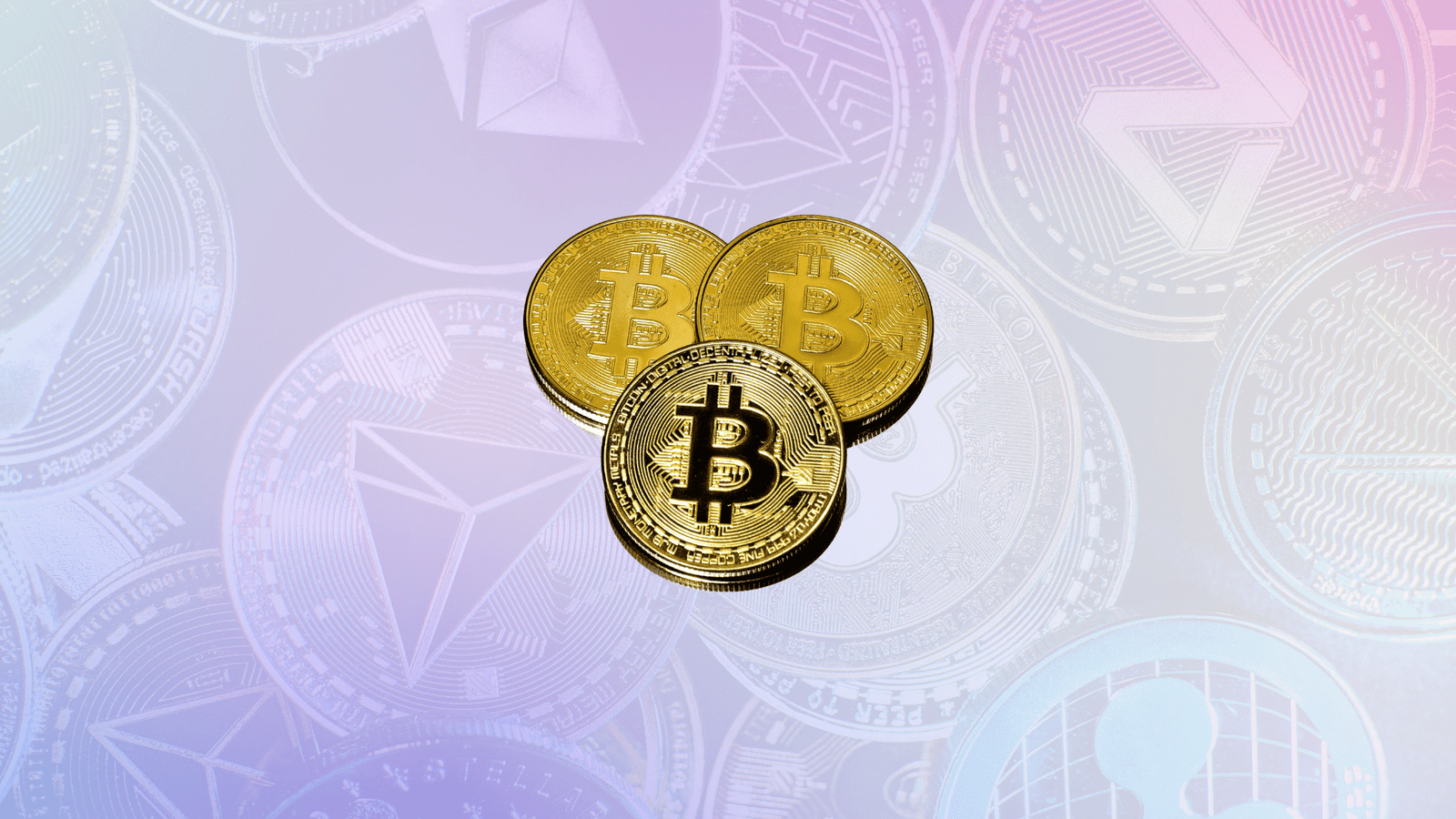At NFT Droppers, we provide the latest crypto news, in-depth project information, and comprehensive market insights. Launched in 2022, our platform covers new token launches, market trends, and detailed reviews of crypto and NFT projects. We offer reliable ratings based on 70+ evaluation factors, including tokenomics, roadmaps, and team authenticity. Whether you’re an investor or a crypto enthusiast, NFT Droppers keeps you informed with accurate, up-to-date information and expert analysis.
What does Satoshi Nakamoto mean in Japanese?

Table of Contents
Satoshi Nakamoto—the name’s a legend, etched into the steel spine of Bitcoin and the crypto revolution. It’s the alias of the mysterious figure (or group) who dropped a whitepaper in 2008 that changed money forever, then vanished like a ghost. I’ve been in the crypto trenches for years—dodging scams, riding market storms, and unpacking blockchain’s raw potential. The question isn’t just who Satoshi is but what their name means, especially in Japanese, where it’s rooted. Is it a random pick, a cultural nod, or a coded message? This guide tears into the linguistics, history, and significance of “Satoshi Nakamoto,” giving you a clear path through the myths and mysteries. No hype—just the facts, with a side of strategy for navigating crypto’s wild frontier.
Breaking Down the Name: Satoshi Nakamoto
In Japanese, names carry weight—each syllable can hint at personality, heritage, or intent. “Satoshi Nakamoto” is no exception. Let’s split it apart to understand its pieces, keeping it simple for anyone new to the game while digging deep enough for the crypto veterans.
Satoshi: The First Name
“Satoshi” (聡) is a common Japanese given name, often male but sometimes unisex. It’s built from kanji—Chinese characters used in Japanese—that mean “wise,” “intelligent,” or “clear-thinking.” Think of it as a nod to sharp insight, the kind of mind that could dream up a decentralized currency to outwit banks and governments. Alternate kanji for Satoshi can mean “quick-witted” or “sensitive,” but the “wisdom” reading is most popular.
It’s a name you’d hear across Japan—in schools, offices, or even anime—but it’s not flashy. It’s understated, like a coder who’d rather let their work do the talking. Could it reflect the real Satoshi’s personality? Or was it picked to blend into the crowd? Either way, it’s a name that screams quiet brilliance.
Nakamoto: The Surname
“Nakamoto” (中本) is a surname, less common than, say, Suzuki but still familiar in Japan. Its kanji break down to “naka” (middle, center) and “moto” (base, origin, or root). Together, they suggest “central foundation” or “core source.” For the architect of Bitcoin—a system built to be the bedrock of trustless finance—it’s almost too perfect. Was it chosen to signal Bitcoin’s role as a new monetary base? Or is it just a coincidence, plucked from a phonebook?
Nakamoto’s not rare—about 0.02% of Japanese people carry it, per surname databases—but it’s not top-tier common either. It’s got a grounded vibe, like a family tied to the heart of a community. In crypto’s origin story, it feels like a deliberate marker: the center of a revolution.
Putting It Together
So, “Satoshi Nakamoto” translates roughly to “wise central foundation” or “intelligent core source.” For the pseudonymous creator of a $1.7 trillion asset (Bitcoin’s market cap at its peak), it’s a name that resonates. It’s not just a random string—it’s a statement. Whether intentional or accidental, it fits the mythos of someone (or someones) who saw through the fog of centralized finance and built a better way.
Is Satoshi Nakamoto a Real Name?
Here’s where it gets murky. Satoshi Nakamoto is almost certainly a pseudonym. No one’s definitively tied the name to a living person, despite years of sleuthing. The whitepaper, published on a cryptography mailing list in 2008, came from “Satoshi Nakamoto,” who corresponded via email and forums like Bitcointalk until 2011, then poof—gone. No tax records, no public appearances, no LinkedIn profile. In Japan, where privacy laws are tight, it’s tough to dig deeper without hitting dead ends.
The name’s generic enough to be plausible—think “John Smith” in English—but specific enough to feel personal. Japanese naming conventions don’t scream “fake” here; it’s a believable combo. Yet, Satoshi’s perfect English in emails and posts, plus their grasp of Western cryptography, suggests they might not be Japanese at all. Maybe they picked “Satoshi Nakamoto” to honor Japan’s tech legacy—think Sony, Nintendo—or to throw off trackers. Crypto’s full of smoke and mirrors, and this name’s a masterclass in staying hidden.
Cultural Context: Why a Japanese Name?
Japan’s a tech mecca—home to bullet trains, robotics, and early digital cash experiments like Mondex in the 1990s. By 2008, when Bitcoin launched, Japan was already a hub for cryptography and peer-to-peer tech, with figures like Nobuhiro Kiyotaki influencing digital currency theory. Choosing a Japanese pseudonym could be a nod to this heritage, signaling respect for a culture that blends discipline with innovation.
Or it’s strategic. Japan’s privacy norms and low crime rates make it a tough place to trace someone. A name like Satoshi Nakamoto blends into the noise—common enough to avoid suspicion, unique enough to stand out in crypto lore. Compare that to, say, “Mike Smith,” which might’ve felt too vanilla. The choice screams intent, like a chess move planned years ahead.
Another angle: anime and cyberpunk. Japan’s sci-fi culture—Ghost in the Shell, Akira—shaped early internet ideals of anonymity and rebellion. Satoshi’s vision of trustless money fits that ethos: a lone coder against the system. Maybe the name’s a wink at those roots, tying Bitcoin to a hacker’s dream of freedom.
Theories About Satoshi’s Identity
Everyone’s got a guess about who Satoshi is, but let’s stick to the name’s implications rather than wild speculation. Here’s what the Japanese angle tells us:
- A Japanese Individual: Unlikely but possible. A tech-savvy Japanese coder could’ve used their real name—or a variation—to stay low-key. Japan’s got a deep pool of talent, from university cryptographers to self-taught hackers.
- A Non-Japanese Fan: More probable. Someone outside Japan, maybe American or European, picked a Japanese name to honor the culture or muddy the waters. Satoshi’s flawless English and Western references (like Adam Back’s Hashcash) lean this way.
- A Team: Bitcoin’s complexity—code, economics, game theory—suggests multiple minds. “Satoshi Nakamoto” could be a collective alias, with the Japanese name as a neutral front. Think Manhattan Project, but for crypto.
- A Symbolic Choice: The name might represent an idea, not a person. “Wise central foundation” could signal Bitcoin itself—smart, decentralized, foundational. It’s a stretch, but crypto loves its riddles.
No official records—like Japan’s koseki family registry—link to a Satoshi Nakamoto tied to Bitcoin. The trail’s cold, and that’s likely by design. Bitcoin Whitepaper
Why the Name Still Matters
Satoshi Nakamoto’s not just a trivia question—it’s a symbol. Bitcoin’s worth over $1 trillion today, with 19.8 million coins mined of its 21 million cap. That’s $80,000 per coin at recent highs, all sparked by someone who never cashed out their estimated 1 million BTC (worth $80 billion). The name carries weight because it stands for trustless systems, defiance of control, and the power of ideas over identity.
In Japanese culture, humility is king. Satoshi’s disappearance—leaving no trace, no ego—mirrors that. Compare it to crypto’s loudmouth influencers, and the contrast is stark. The name’s a reminder: real impact doesn’t need a face. It’s why Bitcoin thrives while scams fade.
For traders, the name’s a call to focus. Bitcoin’s not about chasing pumps—it’s about owning a piece of a new financial core. Whether you’re dropping $100 or $10,000, understanding Satoshi’s vision (and name) grounds you in what crypto’s really for.
How to Engage with Satoshi’s Legacy
Want to channel the “wise central foundation” vibe? Here’s your playbook, with costs in USD for American readers:
Step 1: Learn Bitcoin Basics
Start with the whitepaper—it’s free and takes 20 minutes. Bitcoin.org has it, plus beginner guides. Understand mining, wallets, and decentralization. Knowledge is power, and it costs $0.
Step 2: Buy Bitcoin Safely
Use exchanges like Coinbase or Kraken—both charge $1-$15 per $1,000 trade. Start small: $50-$500. Store it in a hardware wallet like Ledger ($70-$150) to keep it Satoshi-level secure. Never share your seed phrase.
Why Bitcoin? It’s Satoshi’s baby—scarce, decentralized, and a hedge against inflation. A $1,000 stack at $80,000 per BTC gets you 0.0125 BTC, worth $1,250 if it hits $100,000.
Step 3: Join the Community
Dive into X or Reddit’s r/Bitcoin—free and buzzing with insights. Ask questions, share ideas, but dodge scams promising “Satoshi’s secret.” Real hodlers focus on long-term value, not quick bucks.
Step 4: Run a Node (Optional)
Want to live Satoshi’s dream? Run a Bitcoin node to validate transactions. A Raspberry Pi setup costs $100-$200, plus $10/month in electricity. It’s not for everyone, but it’s pure decentralization.
Step 5: Stay Skeptical
Satoshi’s name is catnip for fraudsters. Fake wallets, phishing sites, and “Bitcoin 2.0” scams have burned millions. Stick to verified platforms and double-check URLs. If it smells like hype, it’s probably a trap.
Satoshi Nakamoto in Pop Culture
The name’s gone beyond crypto. It’s in rap lyrics, Reddit memes, and Netflix documentaries. Artists sell “Satoshi Nakamoto” NFTs for $500-$5,000, and merch like hoodies runs $30-$60 on Etsy. Japan’s even got a “Satoshi Nakamoto” ramen shop in Osaka—unrelated but cashing in on the fame. The name’s a cultural shorthand for mystery and rebellion, like Banksy with a blockchain twist.
But it’s not just hype. The name inspires coders to build—think Ethereum’s Vitalik Buterin or Lightning Network devs—all chasing Satoshi’s vision of freedom. That’s the real legacy: not a person, but a spark.
FAQs About Satoshi Nakamoto’s Name
What does Satoshi Nakamoto mean in Japanese?
It translates to “wise central foundation” or “intelligent core source,” from “Satoshi” (wise) and “Nakamoto” (central root).
Is Satoshi Nakamoto a real person?
Probably a pseudonym. No confirmed identity exists, despite guesses like Hal Finney or Dorian Nakamoto. It could be one person or a group.
Why choose a Japanese name?
Maybe to honor Japan’s tech culture, leverage its privacy norms, or hide in plain sight. The choice feels deliberate, but we’ll never know.
Can I invest in Satoshi Nakamoto?
Not directly—it’s just a name. Buy Bitcoin ($50-$1,000 to start) to back their vision. Use Coinbase or Kraken, and store it safely.
Has Satoshi Nakamoto revealed themselves?
Nope. They vanished in 2011, leaving emails and forum posts. Their 1 million BTC remains untouched, worth $80 billion today.
Conclusion
Satoshi Nakamoto—wise central foundation—is more than a name. It’s the cornerstone of a financial uprising, a Japanese-tinged mystery that launched a $1 trillion asset. Whether a lone genius or a cryptic collective, their choice of alias speaks volumes: intelligence, rooted in a new core for money itself. For you, it’s a call to act—learn Bitcoin, buy smart, and stay sharp in a market full of sharks. The name’s a beacon, not a shortcut. Grab $100, start your stack, and check X for the pulse of crypto’s soul. Satoshi’s gone, but their idea’s yours to seize. Make it count.

Disclaimer: The information presented here may express the authors personal views and is based on prevailing market conditions. Please perform your own due diligence before investing in cryptocurrencies. Neither the author nor the publication holds responsibility for any financial losses sustained.
Top Crypto Presales
 Ionix Chain $IONX
Ionix Chain $IONXBEST CRYPTO CASINO
TOP EXCHANGES
CRYPTO PAYMENT GATEWAY
 Crypto Cloud
Crypto CloudBEST HARDWARE WALLET
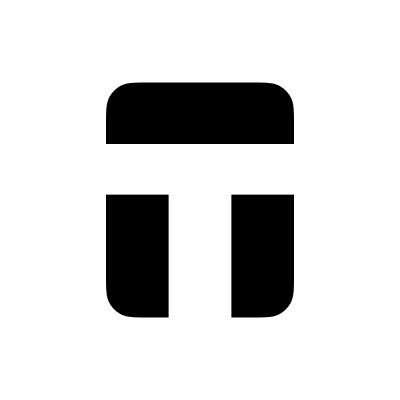 Tangem
Tangem Stake.com
Stake.com Coins.Game Casino
Coins.Game Casino